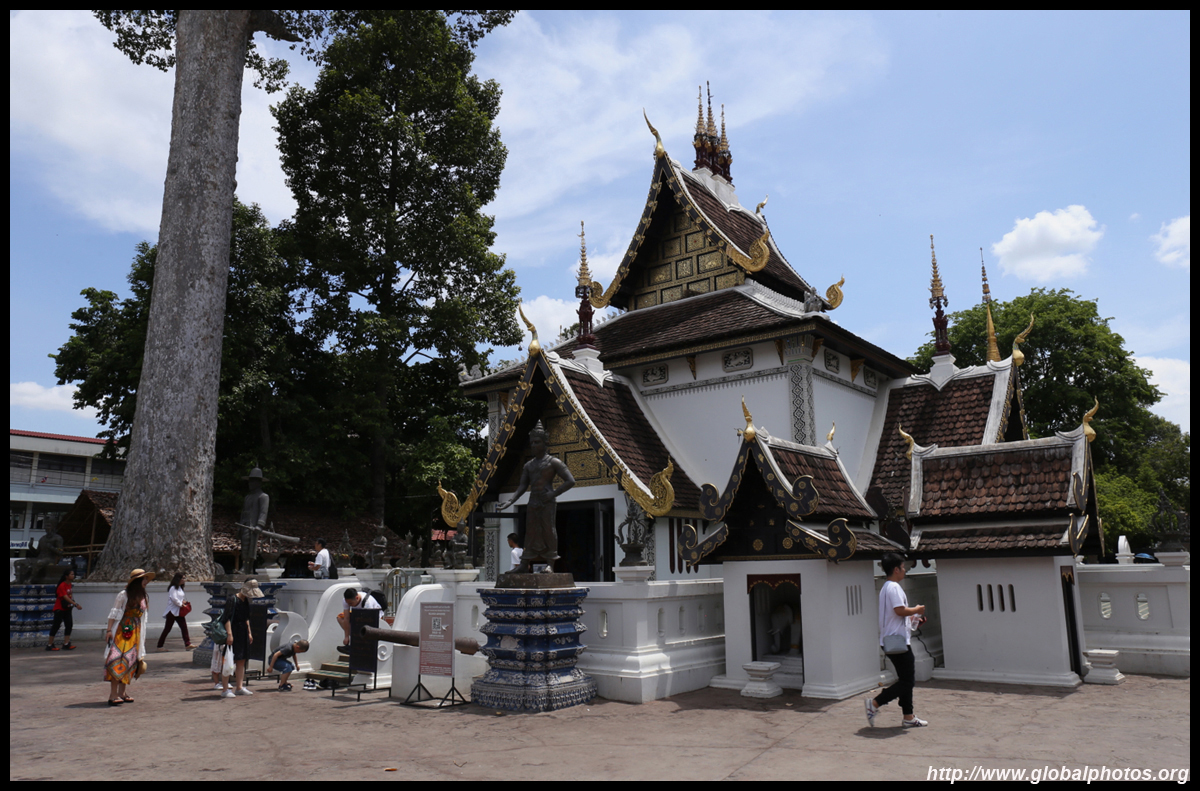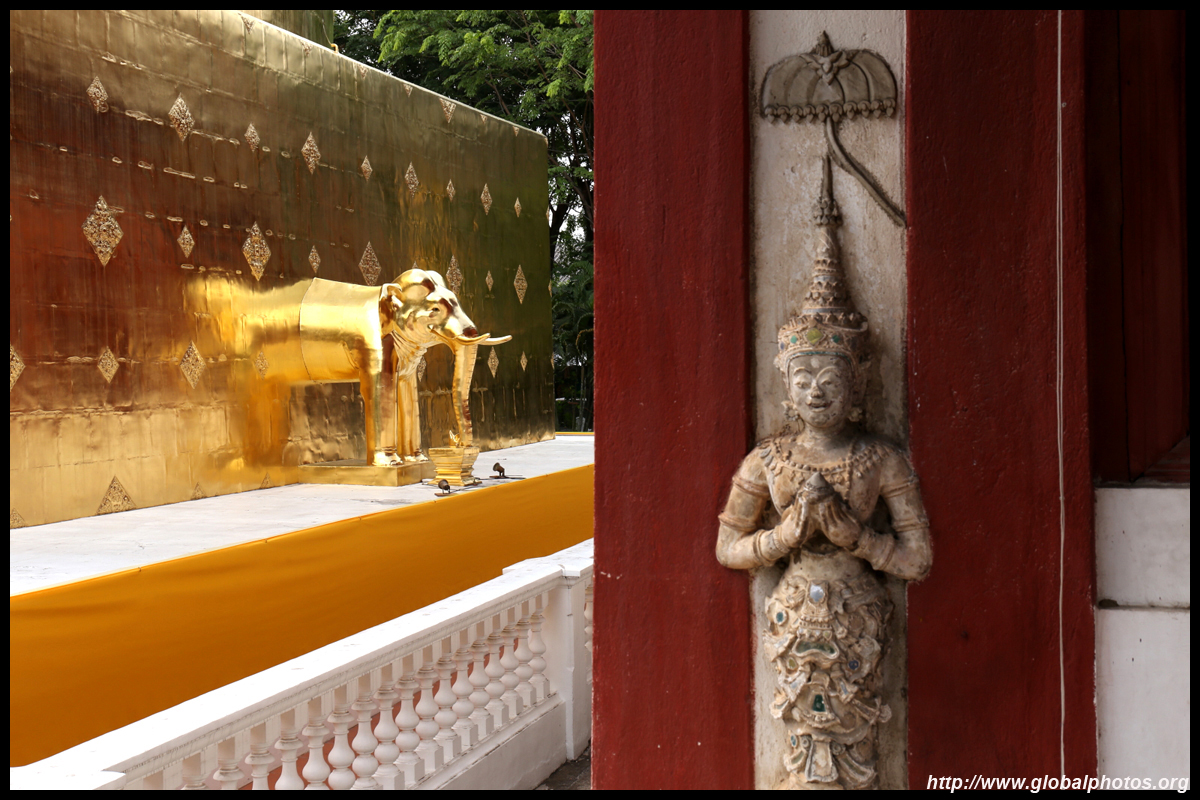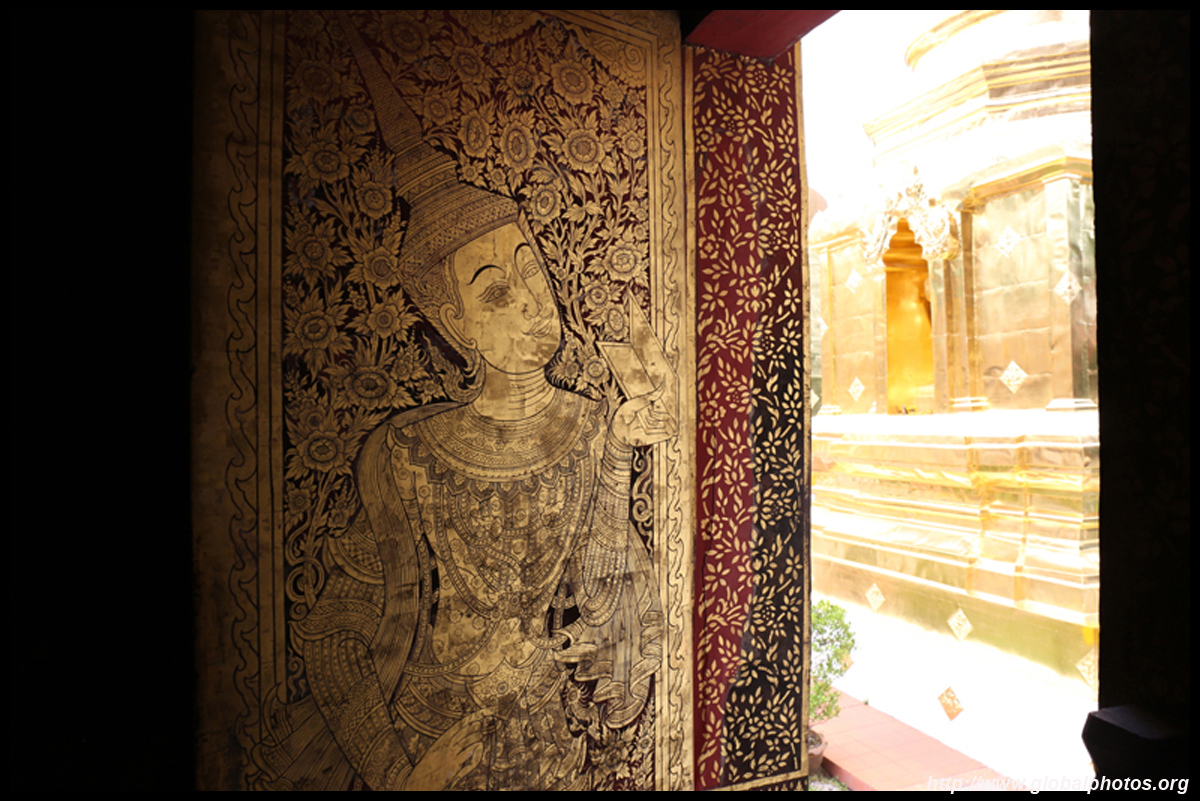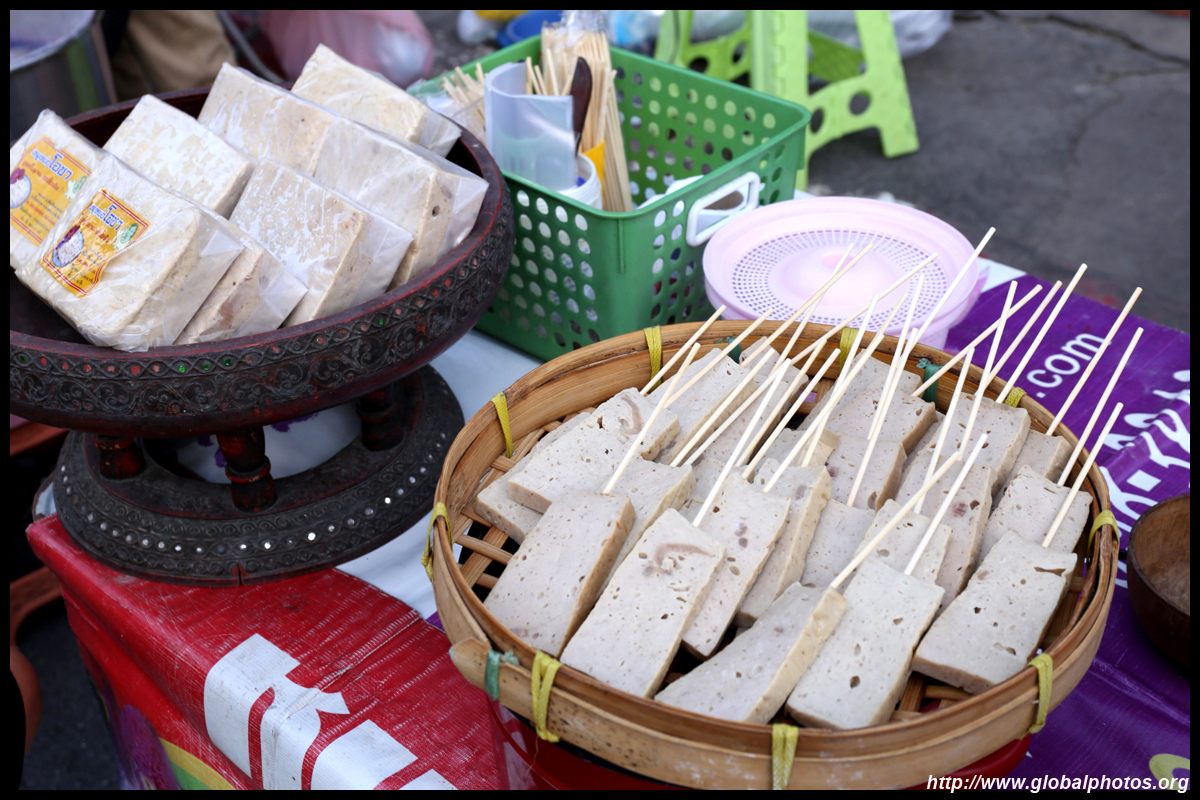2019 Showcase Gallery - First Half
| |||
I primarily travelled regionally on short trips in the first half of 2019. It got off to a cold start but the locations got warmer and even hot as spring progressed.Harbin My 2019 got off to a very cold start visiting Harbin, which hosts the world's largest ice and snow festival. Winters here are not for the faint-hearted and the cold does get quite unbearable at times, but it is the best season to visit. Huge sculptures made from local river ice are impressive enough already during the day, but with the lights on at night, offer a completely different experience. The admission is very steep so go before sunset to see them first without the crowds. The bus-loads would arrive once the light fades.
Welcome to this winter wonderland. Although it is all outdoors, there are heated indoor pavilions to warm up before you brave the elements once again. I was happy to find the bathroom was well heated.
The local river where the ice comes from is frozen solid so you can walk across. Watch out! It is slippery!
The Russians were once here to build a railroad from Vladivostok, and some of their architectural legacy remains. Kudos to those women who can still do their morning exercises outside.
Located in the outskirts but still accessible by public transport, the Japanese army once had a germ warfare research and testing facility here, carrying out gruesome experiments on civilians. A museum now stands here with good English descriptions. The saddest part was at the end when the US didn't bring the responsible Japanese officials up to account in order to access their research.
For more photos : [Harbin Gallery] Changchun For history buffs, this city is worth a visit as it was the capital of the Japanese puppet state Manchukuo in the lead-up to World War II. The invaders planned this city with leafy boulevards, large roundabouts, and imposing buildings such as the "8 ministries", of which 6 are still standing today.
The emperor's palace outlines the life of Aisin-Gioro Puyi as a traitor for collaborating with the Japanese and his eventual re-education after he was sent back to China after the war.
For more photos : [Changchun Gallery] Beijing On my last visit in 2007, the Military Museum was a step back in time, with many old relics packed together under one roof and one shed. Closed for many years and only recently re-opened after a long renovation, admission is free but you need to show your passport in order to get a ticket.
The city's hutongs are getting more and more commercialized, with Nanluogu Xiang being pedestrianized and lined with cafes and restaurants. I preferred the side alleys that house more authentic residences.
Lingjing Hutong is far more authentic although it is crumbling and might soon disappear to redevelopment.
For more photos : [Beijing Gallery] Taitung Taitung is an off-the-beaten track destination tucked on the other side of Taiwan's mountain divide. Tourist numbers are kept low as it is not accessible by the high-speed rail network. However, this is a good place to visit for nature lovers, who will find unspoiled countryside and sea views all along Taiwan's rugged east coast. Driving is essential to properly sightsee all the key attractions at a proper pace within a day. While there is a tourist bus along the coastline, there are more attractions in the interior that are otherwise not accessible on the same day. Xiaoyeliu is the first stop to see the natural forces of erosion.
Sanxiantai is somewhat ruined by an 8-arch bridge although the island ofshore has more interesting nature to explore.
Inland from here, Chihshang is famous for rice production, and you can pick up a bag at the local supermarket. The paddies are quite scenic and at times flooded with tourists thanks to a coffee commercial long ago.
Back in the city, look for sweetsops (custard apples) in the night market, which are grown in this part of the island and are delicious.
For more photos : [Taitung Gallery] Kaohsiung While northern Taiwan freezes under grey skies, southern Taiwan enjoys warm and sunny winters. At a hilltop overlooking the harbour, the former British Consulate Residence at Takao picked the right place to keep an eye on the city.
Formerly derelict warehouses have been given a new lease of life as an arts district. Outside, a new light rail line has improved accessibility.
Night markets are a Taiwan institution, even though Liuho is a bit touristy due to its central location. Once the sun sets and the tourists attractions close, head over here to grab a bite.
For more photos : [Kaohsiung Gallery] Chiang Mai Northern Thailand does not have beaches but plenty of temples and mountains. The historic city centre has plenty to see inside its intact city walls.
Various tourist markets dot the city and spring into action from late afternoon well into the evening. Great to see, perhaps not so great to eat. I did notice the same wares being sold in the different markets though. Ultimately, they are all the same thing.
For more photos : [Chiang Mai Gallery]
|
|||














































